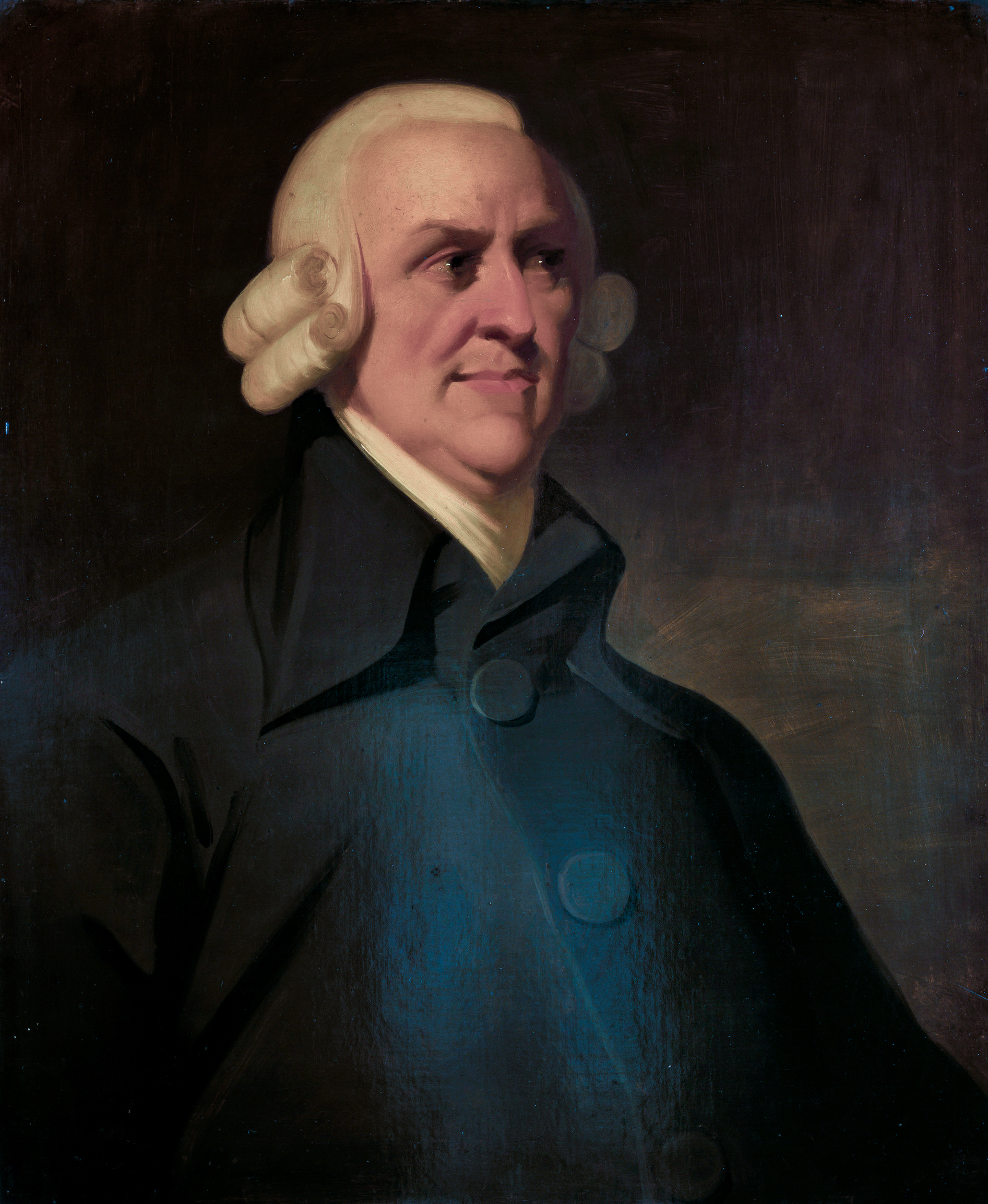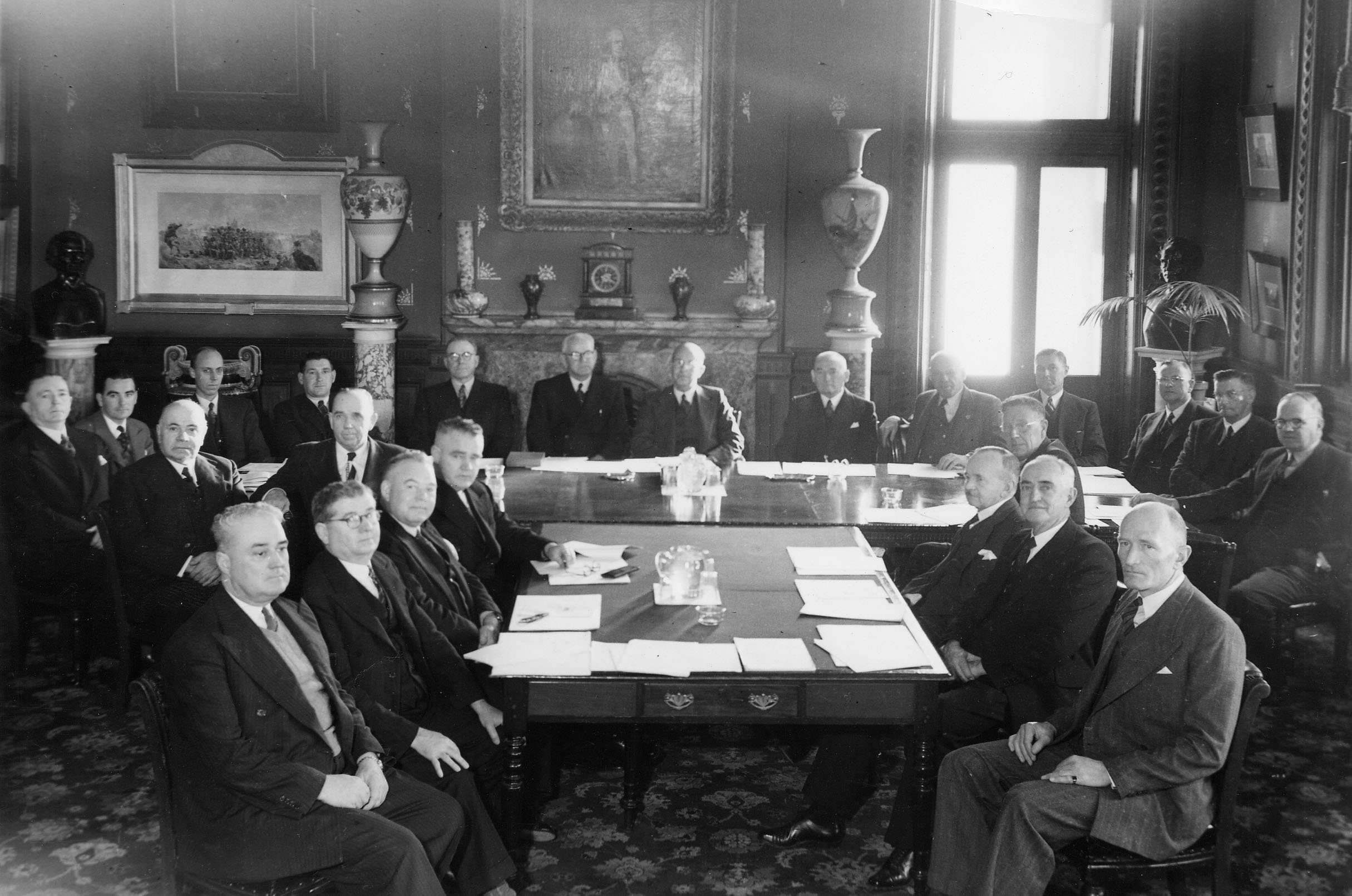|
Service-dominant Logic
Service-dominant (S-D) logic, in behavioral economics, is an alternative theoretical Conceptual framework, framework for explaining value creation, through exchange, among configurations of actors. It is a dominant logic. The underlying idea of S-D logic is that humans apply their competences to benefit others and reciprocally benefit from others' applied competences through service-for-service exchange. Service-dominant logic has been developed by Stephen Vargo and Robert Lusch. The goal of developing S-D logic is to contribute to the understanding of human value co-creation, by developing an alternative to Market economy, traditional logics of exchange. Since Vargo and Lush published the first S-D logic article, "Evolving to a New Dominant Logic for Marketing", in 2004, S-D logic has become a collaborative effort of numerous scholars across disciplines and it has been continually extended and elaborated (most frequently by Vargo and Lusch). Among the most important extensions ha ... [...More Info...] [...Related Items...] OR: [Wikipedia] [Google] [Baidu] |
Behavioral Economics
Behavioral economics is the study of the psychological (e.g. cognitive, behavioral, affective, social) factors involved in the decisions of individuals or institutions, and how these decisions deviate from those implied by traditional economic theory. Behavioral economics is primarily concerned with the bounds of rationality of economic agents. Behavioral models typically integrate insights from psychology, neuroscience and microeconomic theory. Behavioral economics began as a distinct field of study in the 1970s and 1980s, but can be traced back to 18th-century economists, such as Adam Smith, who deliberated how the economic behavior of individuals could be influenced by their desires. The status of behavioral economics as a subfield of economics is a fairly recent development; the breakthroughs that laid the foundation for it were published through the last three decades of the 20th century. Behavioral economics is still growing as a field, being used increasingly in ... [...More Info...] [...Related Items...] OR: [Wikipedia] [Google] [Baidu] |
Institutionalisation
In sociology, institutionalisation (or institutionalization) is the process of embedding some conception (for example a belief, norm, social role, particular value or mode of behavior) within an organization, social system, or society as a whole. The term may also be used to refer to committing a particular individual or group to an institution, such as a mental or welfare institution. The term may also be used in a political sense to apply to the creation or organization of governmental institutions or particular bodies responsible for overseeing or implementing policy, for example in welfare or development. During the period of the Industrial Revolution in Europe many countries went through a period of "institutionalization", which saw a large expansion and development of the role of government within society, particularly into areas seen previously as the private sphere. Institutionalization is also seen as an important part of the process of modernization in developing co ... [...More Info...] [...Related Items...] OR: [Wikipedia] [Google] [Baidu] |
Jim Spohrer
James C. Spohrer (born c. 1956) is a computer scientist best known for having led the development of a new ''science of service systems'', often known as service science, management and engineering. In spring 2017, Spohrer was named aDirector, Cognitive OpenTech for IBM From 2009 through 2016, he had been the Director of IBM Global University Programs Worldwide. Between 2003 and 2009, he was the Director of Almaden Services Research with IBM at the IBM Almaden Research Center. He was an advocate of the service science, management and engineering initiative across companies, governments and academics. His research group received IBM awards for modeling customers and mapping global service systems including performance measures, costing and pricing of complex, inter-organizational service projects, analytics and information service innovations, process improvement methods, and innovation foresight methods, amongst others. He works with service research pioneers from diverse academ ... [...More Info...] [...Related Items...] OR: [Wikipedia] [Google] [Baidu] |
Evert Gummesson
__NOTOC__ Evert Gummesson (18 January 1936 – 2 April 2023) was Professor Emeritus of Service Marketing and Management at the Stockholm Business School, where he was formerly the Director of Research. He received his Ph.D. from Stockholm University, Stockholm School of Economics. He was a Fellow and Honorary Doctor of Hanken School of Economics, Helsinki, Finland, and a Fellow of the University of Tampere, Finland. Research Gummesson's research interest includes services marketing, relationship marketing, service-dominant logic, organizational structure, grounded theory, case study A case study is an in-depth, detailed examination of a particular case (or cases) within a real-world context. For example, case studies in medicine may focus on an individual patient or ailment; case studies in business might cover a particular f ... methodology, and other research methodologies. Professional activities He was a Senior Advisory Board member for the European Journal of Marketin ... [...More Info...] [...Related Items...] OR: [Wikipedia] [Google] [Baidu] |
Warwick Manufacturing Group
WMG, University of Warwick (formerly Warwick Manufacturing Group) is a UK-based research and education group combining collaborative research and development with education programmes working in applied science, technology and engineering. An academic department of the University of Warwick and a centre of the High Value Manufacturing Catapult, WMG was founded by Kumar Bhattacharyya in 1980 to help reinvigorate UK manufacturing and improve competitiveness through innovation and skills development. History Warwick Manufacturing Group was founded in 1980 by Kumar Bhattacharyya to support the reinvigoration of UK manufacturing through research and knowledge transfer (Bhattacharyya, made a life peer in 2004, became chairman of WMG). Its first venture was a part-time master's degree for senior industry staff; this considered technology and management as a unified whole, with modules taught at a purpose-built residential centre. The course proved popular with industry and companies b ... [...More Info...] [...Related Items...] OR: [Wikipedia] [Google] [Baidu] |
CTF Service Research Center
CTF, Service Research Center is a multidisciplinary research center focusing on service management and value creation through service, and is a part of Karlstad University in Sweden. CTF was established in 1986 and recently celebrated its 30 anniversary. CTF has more than 60 researchers and doctoral students from multiple disciplines, such as business administration, psychology, and work life sciences, involved in both research and in undergraduate and graduate education. The research at CTF is organized in four major themes: Service Management, Service Innovation, Service Experience and Transformative Service Research. CTF's operations are led by a Director Per Kristensson, supported by a management committee. CTF currently has four visiting professors whose professorships are funded by Anne-Marie and Gustaf Ander Foundation for Media Research: * Ruth Bolton, Arizona State University * Thorsten Gruber, Loughborough University * Joann Peck, Wisconsin School of Business ... [...More Info...] [...Related Items...] OR: [Wikipedia] [Google] [Baidu] |
Cambridge University
The University of Cambridge is a Public university, public collegiate university, collegiate research university in Cambridge, England. Founded in 1209, the University of Cambridge is the List of oldest universities in continuous operation, world's third-oldest university in continuous operation. The university's founding followed the arrival of scholars who left the University of Oxford for Cambridge after a dispute with local townspeople. The two ancient university, ancient English universities, although sometimes described as rivals, share many common features and are often jointly referred to as Oxbridge. In 1231, 22 years after its founding, the university was recognised with a royal charter, granted by Henry III of England, King Henry III. The University of Cambridge includes colleges of the University of Cambridge, 31 semi-autonomous constituent colleges and List of institutions of the University of Cambridge#Schools, Faculties, and Departments, over 150 academic departm ... [...More Info...] [...Related Items...] OR: [Wikipedia] [Google] [Baidu] |
University Of New South Wales
The University of New South Wales (UNSW) is a public research university based in Sydney, New South Wales, Australia. It was established in 1949. The university comprises seven faculties, through which it offers bachelor's, master's and doctoral degrees. Its main campus is in the Sydney eastern suburb of Kensington, from the Sydney central business district (CBD). Its creative arts school, UNSW Art & Design (in the faculty of Arts, Design and Architecture), is located in Paddington and it has subcampuses in the Sydney CBD and several other suburbs, including Randwick and Coogee. It has a campus at the Australian Defence Force military academy, ADFA in Canberra, Australian Capital Territory. It has research stations located throughout the state of New South Wales. It is one of the founding members of Group of Eight, a coalition of Australian research-intensive universities and a member of Universitas 21, a global network of research universities. It has international ... [...More Info...] [...Related Items...] OR: [Wikipedia] [Google] [Baidu] |
Dissemination
To disseminate (from Latin, lat. ''disseminare'' "scattering seeds"), in the field of communication, is to broadcast a message to the public without direct feedback from the audience. Meaning Dissemination takes on the theory of the traditional view of communication, which involves a sender and receiver. The traditional communication viewpoint is broken down into a sender sending information, and receiver collecting the information processing it and sending information back, like a telephone line. With dissemination, only half of this communication model theory is applied. The information is sent out and received, but no reply is given. The message carrier sends out information, not to one individual, but many in a broadcasting system. An example of this transmission of information is in fields of advertising, public announcements and speeches. Another way to look at dissemination is that of which it derives from the Latin roots, the scattering of seeds. These seeds are metaphor ... [...More Info...] [...Related Items...] OR: [Wikipedia] [Google] [Baidu] |
Conceptual Framework
A conceptual framework is an analytical tool with several variations and contexts. It can be applied in different categories of work where an overall picture is needed. It is used to make conceptual distinctions and organize ideas. Strong conceptual frameworks capture something real and do this in a way that is easy to remember and apply. Examples Isaiah Berlin used the metaphor of a "fox" and a "hedgehog" to make conceptual distinctions in how important philosophers and authors view the world. London: Weidenfeld & Nicolson; 1986 New York: Simon and Schuster, introduction by M. Walzer. Berlin describes hedgehogs as those who use a single idea or organizing principle to view the world (such as Dante Alighieri, Blaise Pascal, Fyodor Dostoyevsky, Plato, Henrik Ibsen and Georg Wilhelm Friedrich Hegel). Foxes, on the other hand, incorporate a type of pluralism and view the world through multiple, sometimes conflicting, lenses (examples include Johann Wolfgang von Goethe, J ... [...More Info...] [...Related Items...] OR: [Wikipedia] [Google] [Baidu] |
Service Science, Management And Engineering
Service science, management, and engineering (SSME) is a term introduced by IBM to describe an interdisciplinary approach to the study and innovation of service systems. More precisely, SSME has been defined as the application of science, management, and engineering disciplines to tasks that one organization beneficially performs for and with another. SSME is also a proposed academic discipline and research area that would complement – rather than replace – the many disciplines that contribute to knowledge about service. The interdisciplinary nature of the field calls for a curriculum and competencies to advance the development and contribution of the field of SSME. Service systems Service systems are designed and constructed, are often very large, and, as complex systems, they have emergent properties. This makes them an engineering kind of system (in MIT's terms). For instance, large-scale service systems include major metropolitan hospitals, highway or high-rise constructio ... [...More Info...] [...Related Items...] OR: [Wikipedia] [Google] [Baidu] |

